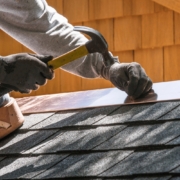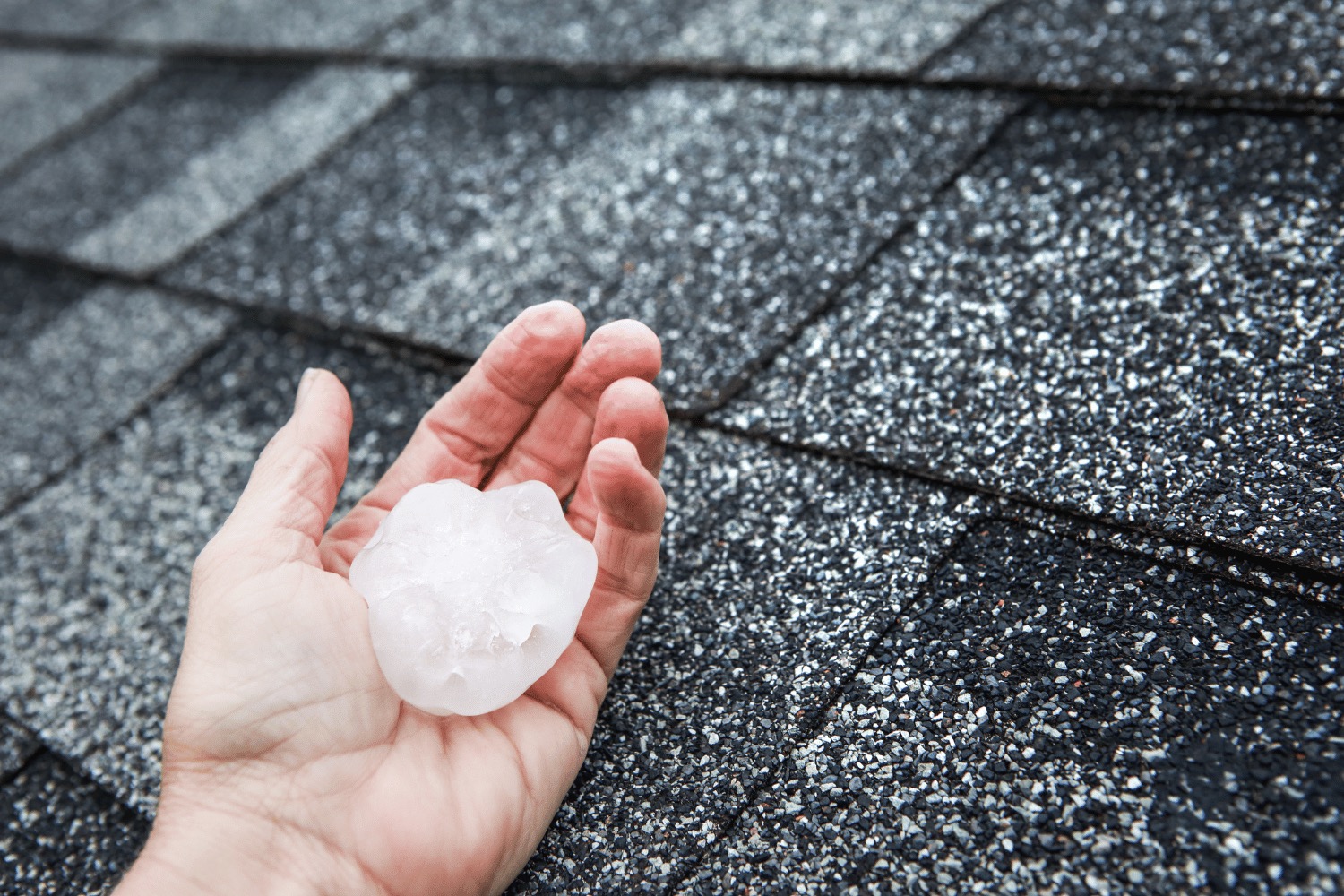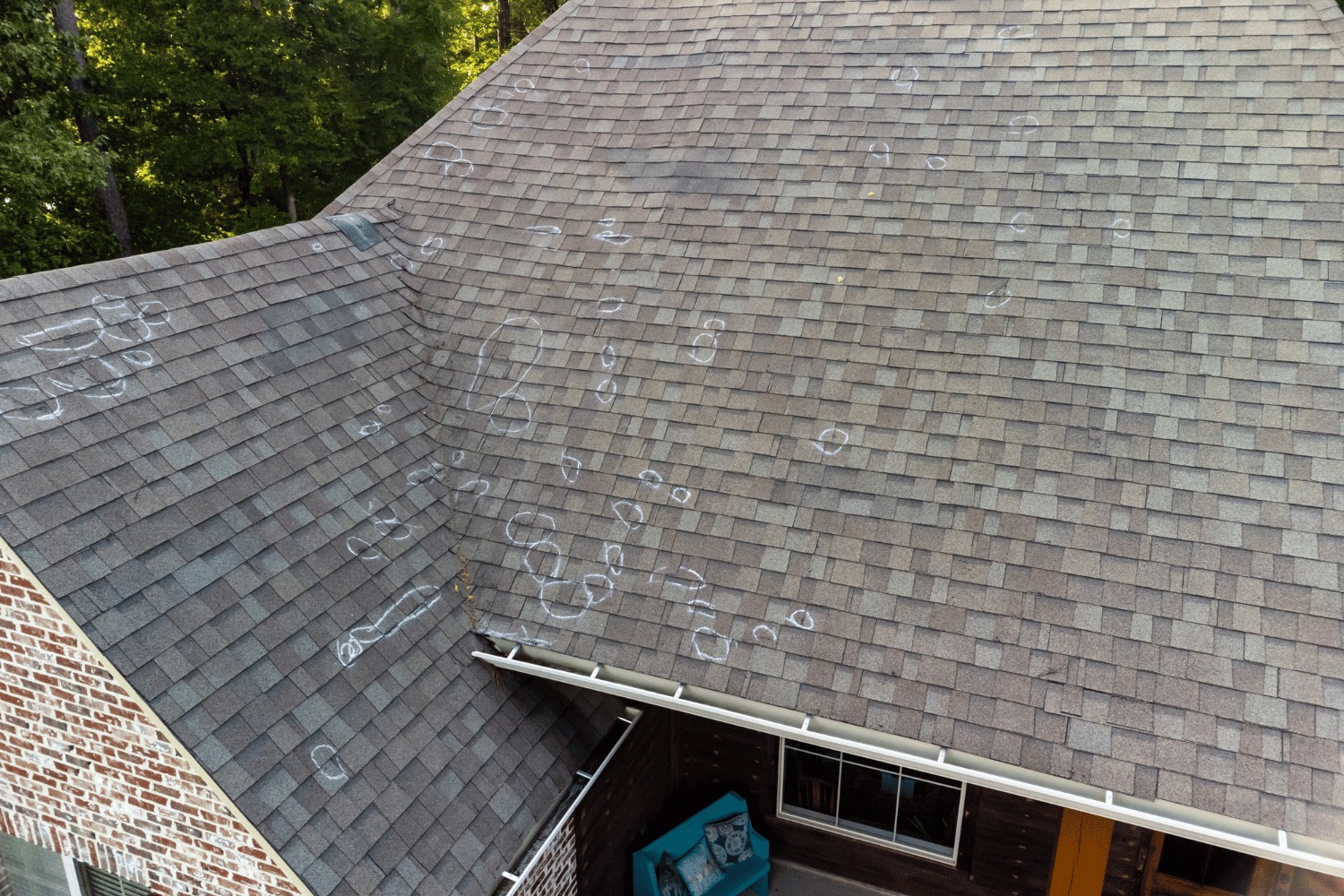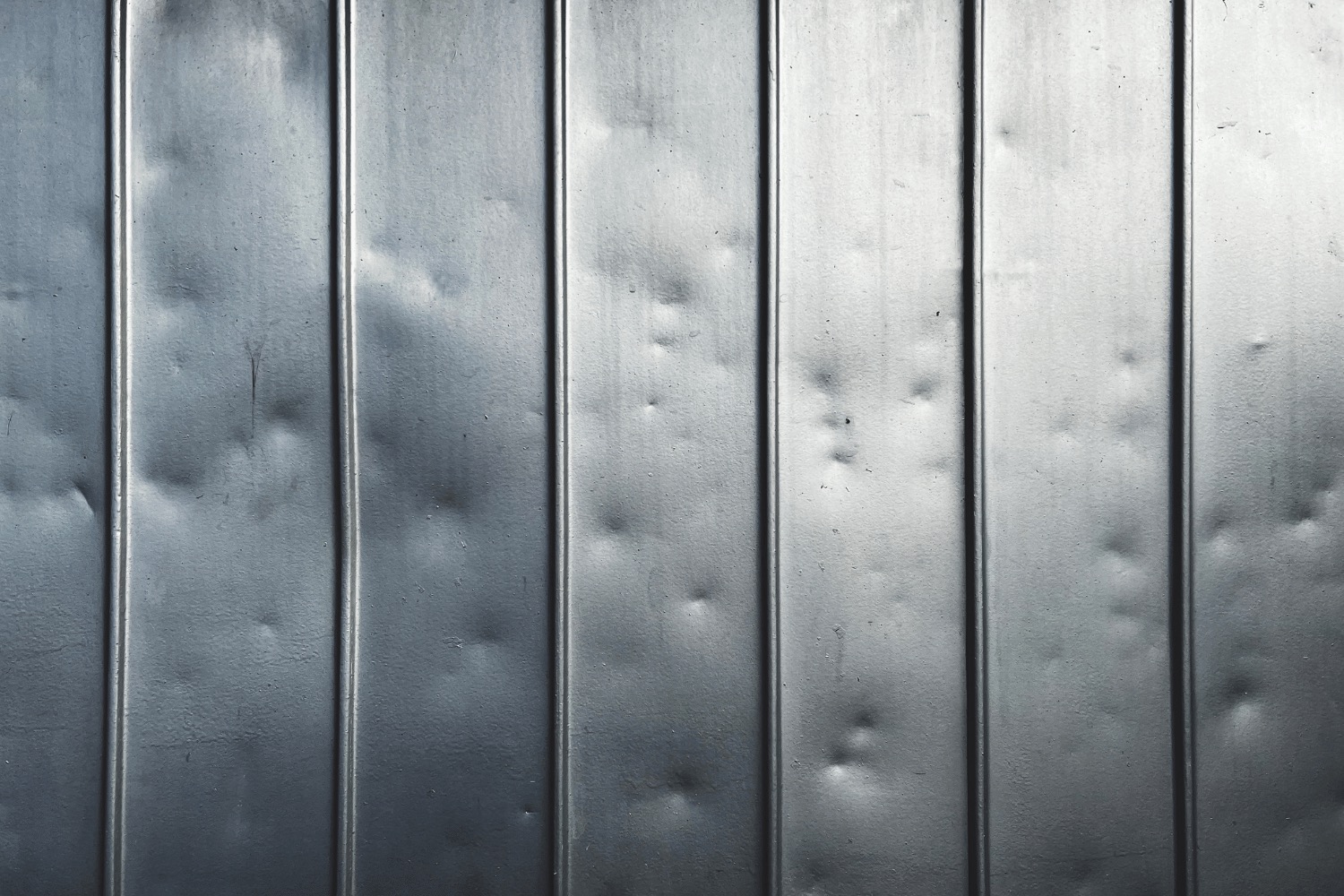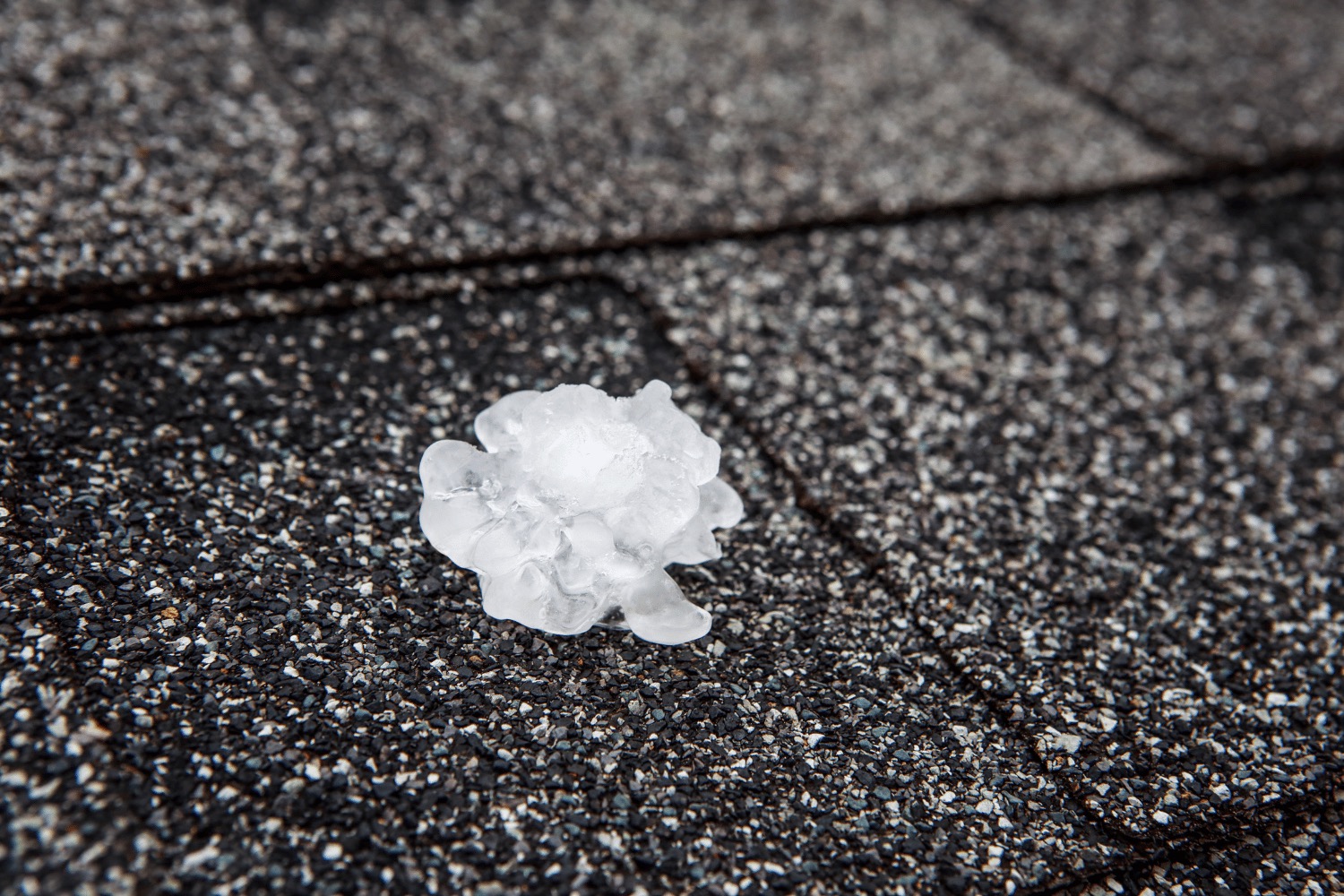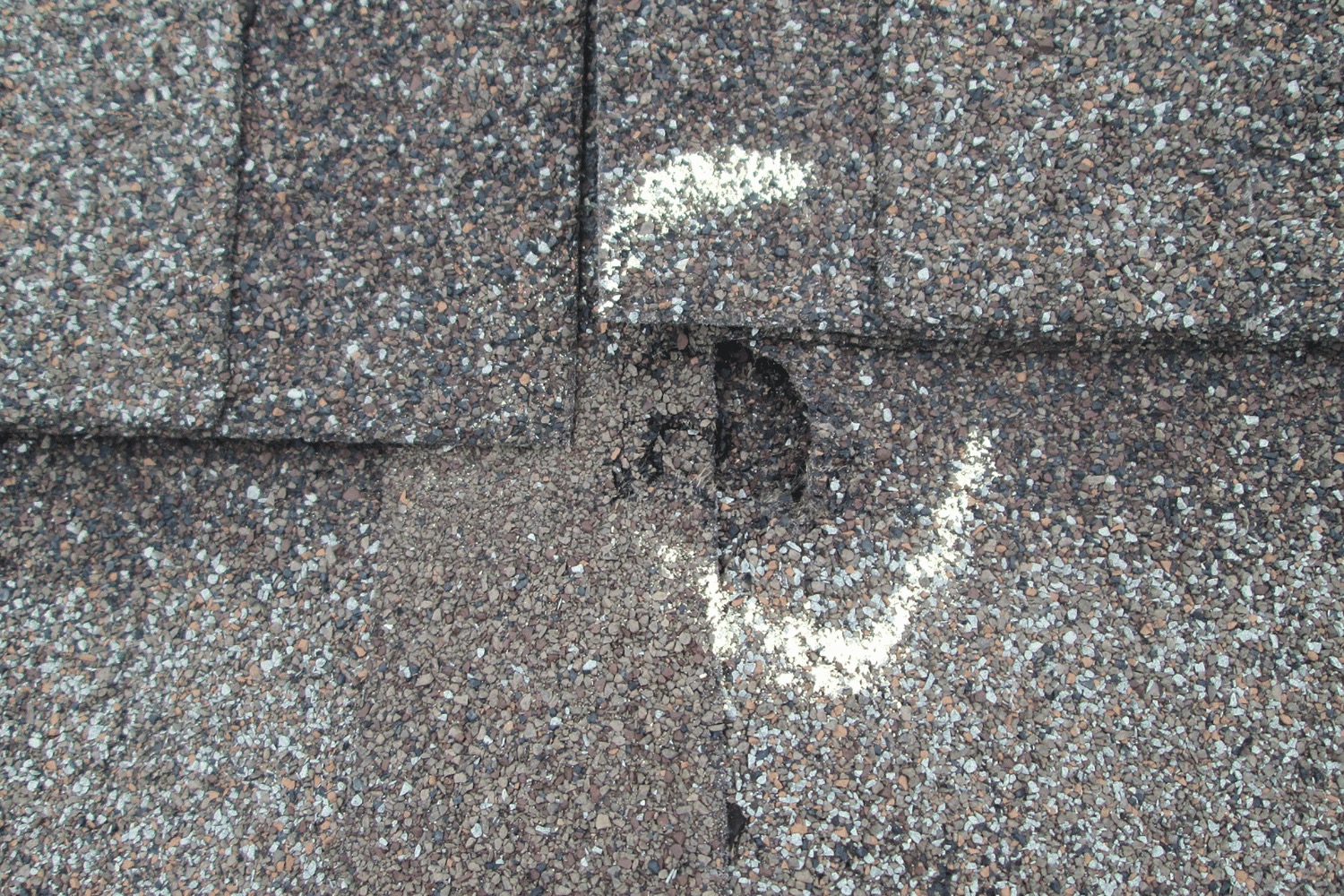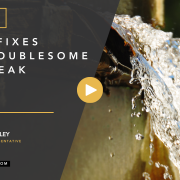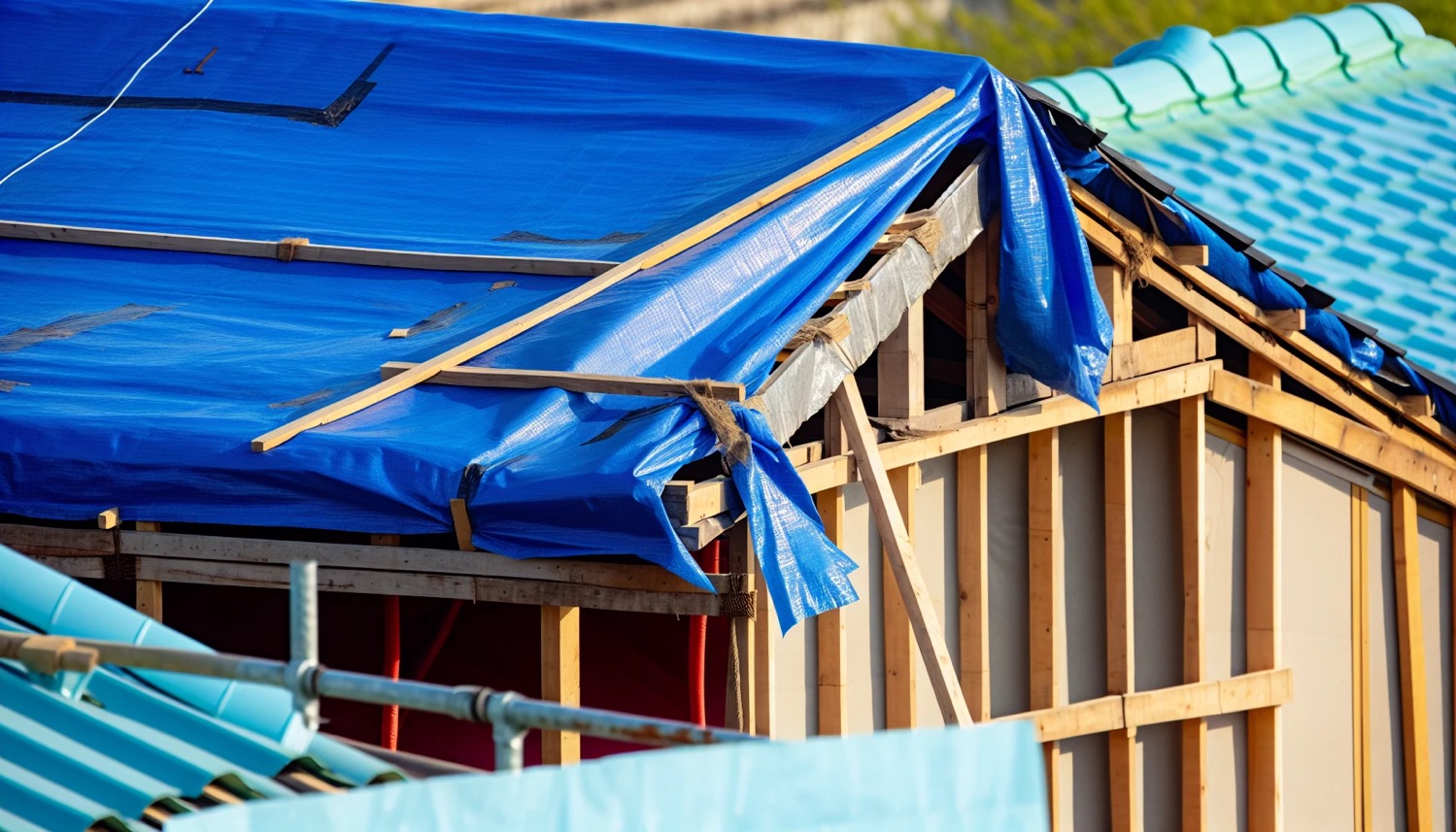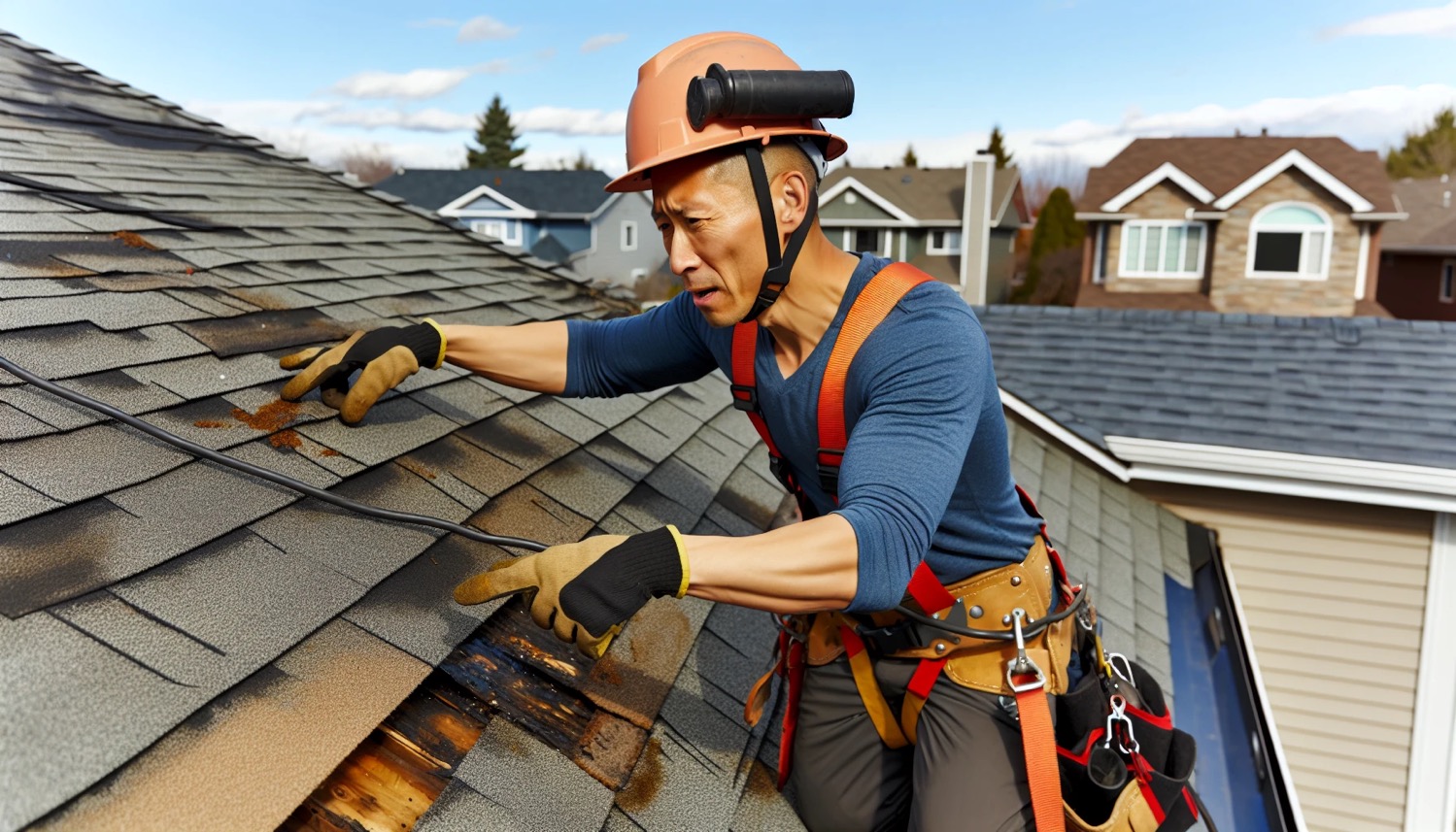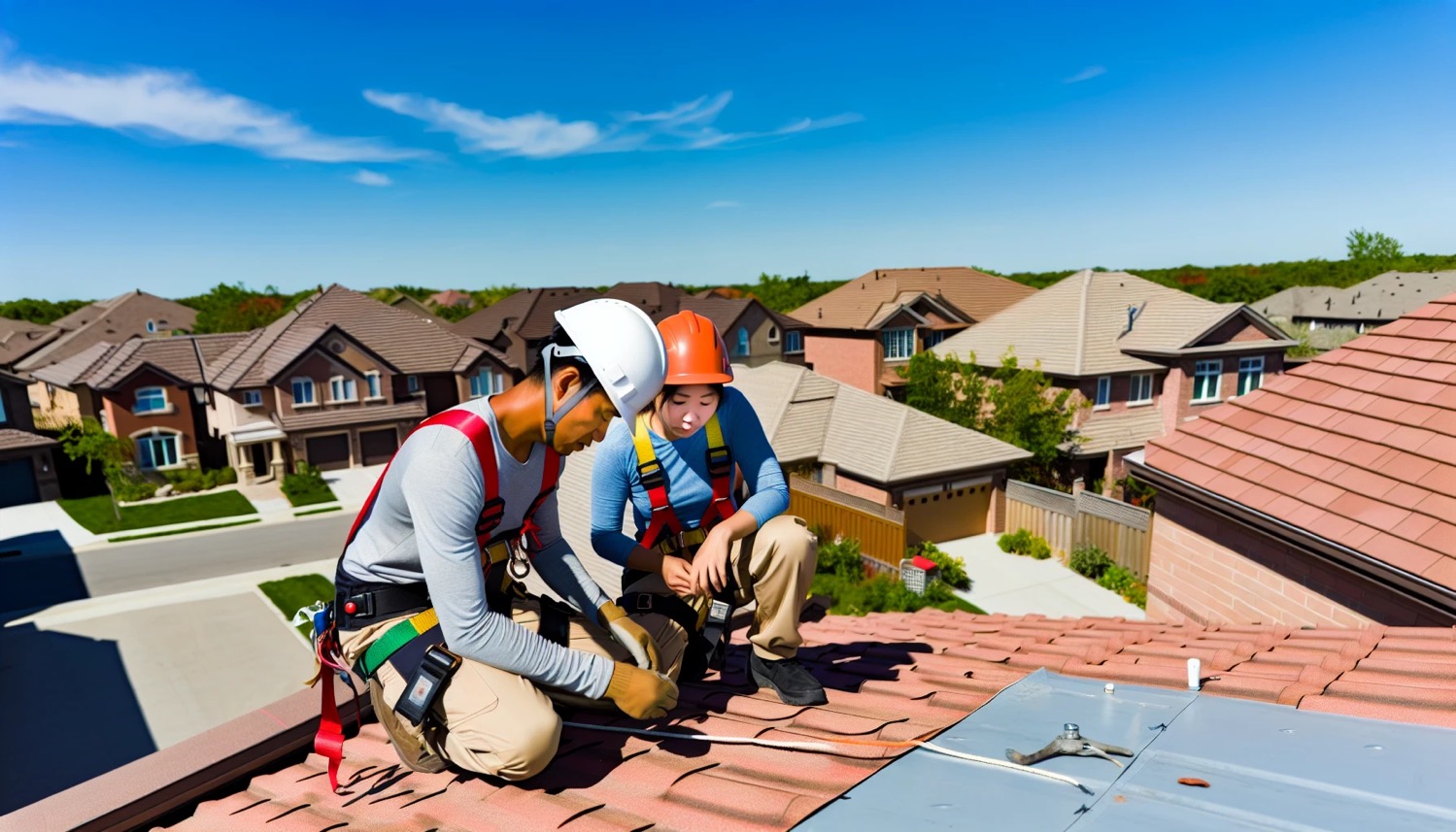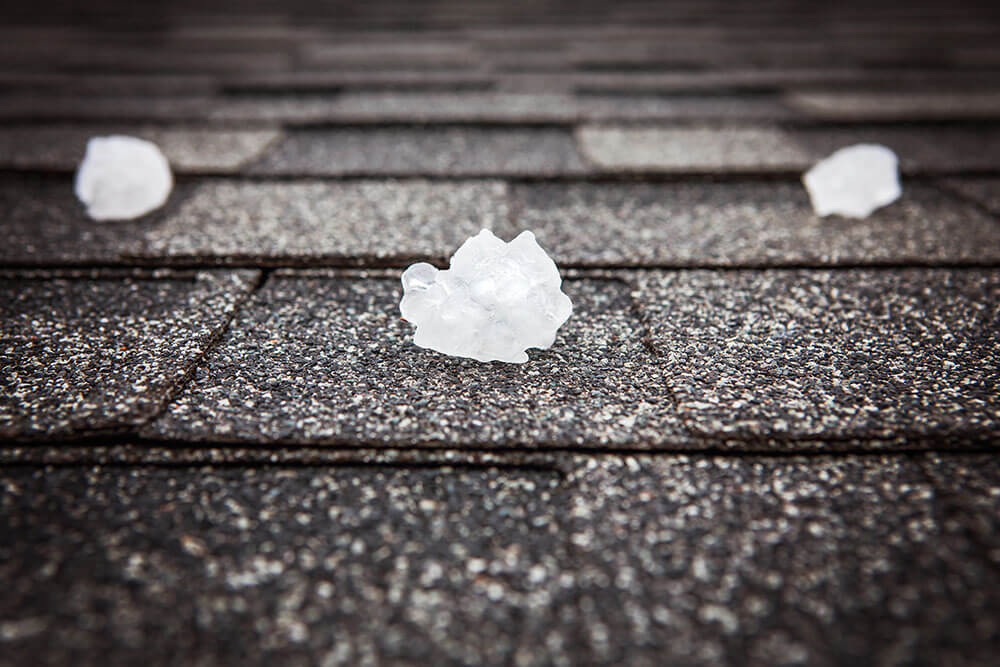Roof Change How Often? Your Essential Replacement Schedule Guide
How often should I replace my roof? The frequency varies depending on factors like the material, quality, and environmental conditions. In this guide, we’ll break down how often to replace different types of roofs and discuss how often roof change is necessary, along with what signs indicate it’s time for a replacement.
Key Takeaways
-
Roof lifespan varies by material, with asphalt shingles lasting 15-30 years and metal roofs lasting 40-70 years or more.
-
Regular maintenance and inspections are crucial for extending a roof’s lifespan and catching issues early to avoid costly repairs.
-
Timely roof replacement can enhance energy efficiency, curb appeal, and overall safety, making it a wise long-term investment for homeowners.
Understanding Roof Lifespan by Material

Different roofing materials have varying lifespans, helping you plan for a replacement before issues develop. Roofs usually last between 25 to 50 years, depending on material quality and type. Selecting the appropriate material ensures a durable roof that fits your needs and budget. A composition shingle roof typically needs replacement around the 20-year mark due to its limited lifespan compared to metal or tile roofs.
Here’s a breakdown of the average lifespan of common roofing materials, from asphalt shingles to durable slate roofs. Each material has its pros and cons, helping you make an informed decision when replacement time comes.
Asphalt Shingles
Asphalt shingles, popular for their affordability and easy installation, typically last between 15 to 30 years. 3-tab shingles usually last 15 to 20 years, while architectural shingles can last up to 30 years.
While asphalt shingles are a cost-effective option, they do require more frequent replacement compared to other roofing materials.
Metal Roofs
Metal roofs are known for their durability and longevity, often lasting between 40 to 70 years, depending on the material and conditions. Zinc and copper metal roofs can even last over 100 years, making them an excellent long-term investment. Metal roofing materials like steel and aluminum can last 50 years or more, while zinc and copper can exceed 100 years.
Metal roofs generally last around 50 years before needing replacement, which significantly contributes to the roof’s lifespan.
Tile Roofs
Tile roofs, including clay and concrete tile roofs, are known for their durability. Clay tiles can last between 50 to 100 years with proper maintenance, and concrete tiles can also exceed a century.
This makes tile roof a durable and aesthetically pleasing option for many homeowners.
Slate Roofs
Slate roofs are among the most durable roofing materials available, with an average lifespan of around 80 years. With proper maintenance, slate roofs can last over 100 years, making them a preferred choice for those seeking a long-lasting and attractive roof.
Slate roofing’s durability and longevity make it a valuable investment for your home.
Factors That Impact Your Roof’s Longevity
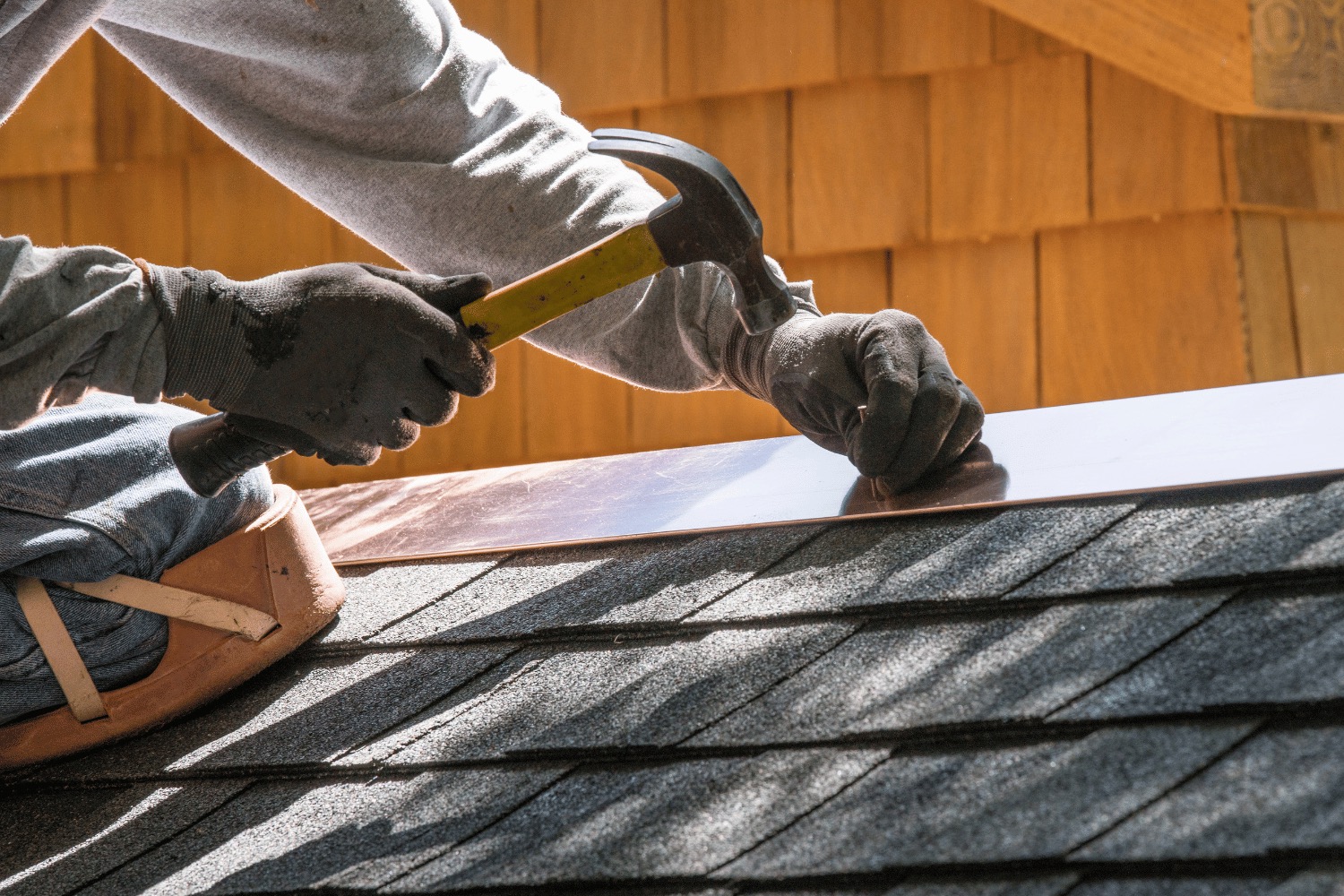
Beyond material type, factors like environmental conditions, maintenance, and installation quality significantly impact your roof’s lifespan.
Regular inspections and repairs are essential for extending your roof’s lifespan and avoiding costly replacements. Ignoring structural issues can result in significant damage and necessitate earlier replacement. Compromised roof decking can lead to increased energy bills and visible signs of water damage, requiring urgent inspection and repairs.
Climate and Weather Conditions
Severe weather conditions greatly affect your roof’s longevity. Storms, high winds, and heavy rainfall can cause severe damage, leading to leaks, drafts, and potential collapse. Hot and humid conditions can result in moisture buildup and additional wear.
In regions like Texas, hot summers and mild winters can accelerate the need for roof replacement.
Maintenance Practices
Proper maintenance prevents premature roof failure. Regular inspections and prompt repairs address minor issues before they escalate. Keeping gutters clear and ensuring proper ventilation are essential practices to extend your roof’s lifespan.
Installation Quality
Installation quality significantly impacts your roof’s longevity. Improper installation often leads to early failure, so having experienced contractors install your roof is vital for maximizing its lifespan.
Investing in professional installation can save you from costly repairs and replacements down the line.
Signs It’s Time to Replace Your Roof

Recognizing signs of roof replacement is crucial for maintaining home safety and integrity. Significant damage, leaks, and structural issues often indicate replacement is needed. Age is also a decisive factor, especially if signs of wear are evident after many years. Exterior roof damage, such as cracks, rot, or irregular patterns, can indicate poor repairs and increased susceptibility to further damage.
Here are some specific signs to watch for.
Visible Damage
Visible damage, such as cracked or broken shingles, missing pieces, and debris in gutters, can indicate the need for roof replacement. Extreme weather, wear and tear, and temperature fluctuations can crack or break shingles. Damaged flashing allows water infiltration, leading to further damage.
Moss growth on your roof could also indicate larger problems.
Leaks and Moisture
Leaks and moisture issues clearly indicate potential roof replacement. Water stains on ceilings or walls signal leaks that can cause severe internal damage if ignored. Cracked or peeling paint suggests excessive moisture, and discoloration may indicate leakage.
Sunlight penetrating holes in the roof is a critical sign of considerable damage.
Sagging or Collapsing Roof
A sagging or collapsing roof clearly indicates the need for replacement. Severe weather damage, poor maintenance, and advanced age commonly cause sagging or collapsing roofs. Immediate professional assessment is crucial if sagging is noticed.
In extreme cases, evacuation may be necessary for safety.
Age-Specific Replacement Guidelines
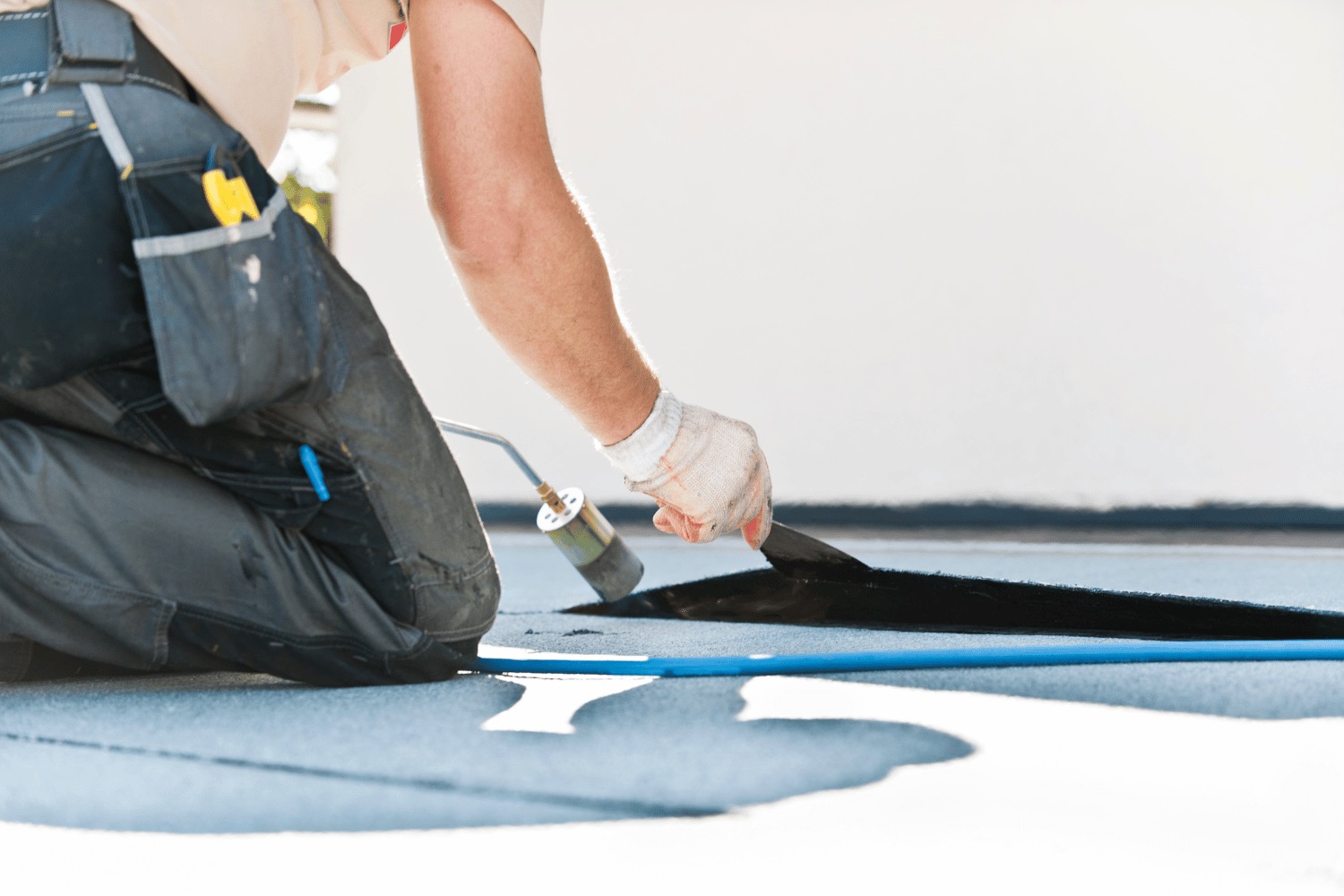
Replacing your roof based on its age and condition can prevent unexpected repairs and costs. Roofs usually need replacement every 20 years, depending on materials and conditions.
Asphalt roof should be replaced every 15 to 20 years. Inspections every 20-30 years help assess replacement needs.
Roofs Over 20 Years Old
Roofs over 20 years old, especially those with a composition shingle roof, need careful monitoring. Annual inspections are crucial for these older roofs to catch issues early.
Homeowners should conduct these inspections to extend their roofs’ lifespan and avoid costly replacements.
Multiple Repairs in Short Time
Frequent repairs may indicate that replacement is more economical than ongoing patchwork. Accumulating costs from leaks and repairs can exceed a new roof’s price.
Replacing the entire roof is often more cost-effective than individual leak repairs.
Benefits of Timely Roof Replacement
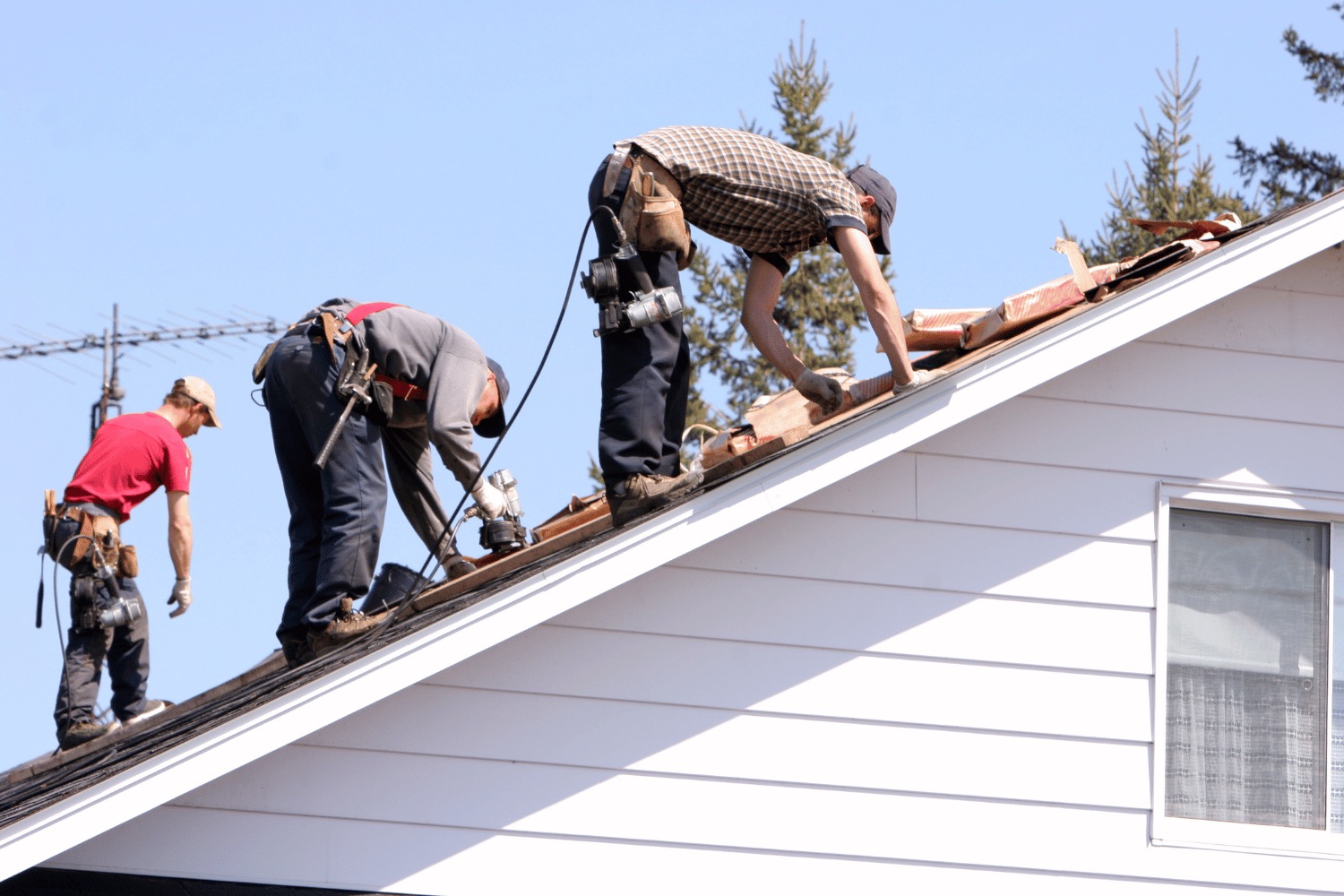
Timely roof replacement offers benefits like improved energy efficiency, enhanced curb appeal, and increased safety. New materials can improve insulation and reduce energy bills, while also boosting your home’s aesthetic appeal and market value.
Detailed benefits of timely roof replacement include:
Increased Energy Efficiency
Modern roofing materials often have higher solar reflectivity, reducing cooling costs by up to 30%. Improved insulation from new roofing material can significantly save on energy bills.
Replacing an old roof with energy-efficient materials enhances performance and yields long-term savings.
Enhanced Curb Appeal
A new roof can transform your home’s visual appeal, providing a fresh, updated look that enhances curb appeal. Investing in a new roof beautifies your property and can increase its market value, making it a worthwhile investment for future sales.
Improved Safety
Replacing an aging roof reduces the risk of severe weather damage and structural failures. A new roof minimizes structural failure during extreme weather, enhancing overall home safety.
Timely roof replacement is crucial for maintaining your home’s structural integrity and ensuring occupant safety.
How Often Should You Inspect Your Roof?
Regular roof inspections identify and address minor issues before they become major problems. It’s advisable to check your roof at least once a year, especially if it’s over 15 years old.
During inspections, look for damage signs such as leaks or missing shingles indicating the need for repairs.
Annual Inspections
Annual roof inspections, especially for roofs over 15 years old, help identify and address issues early. Regularly inspect for damage signs like leaks, missing shingles, or loose nails.
Spring and fall are ideal times for inspections to prepare for harsher weather conditions.
Post-Storm Inspections
After severe weather events, inspect roofs for hidden damage, as minor issues can become serious if unattended. Heavy rain, wind, or snow can cause significant damage, so immediate inspections are crucial.
Look for damage signs and repair them promptly to maintain your roof’s integrity.
Summary
Understanding the lifespan of your roof and recognizing the signs that it might need replacing are crucial steps in maintaining a safe and comfortable home. Different roofing materials have varying lifespans, and factors like climate, maintenance, and installation quality play significant roles in determining how long your roof will last. Regular inspections and prompt repairs can greatly extend your roof’s life, while timely roof replacement can enhance energy efficiency, curb appeal, and safety. By staying vigilant and proactive, you can ensure your roof continues to protect your home for years to come.
Frequently Asked Questions
How often should I replace my asphalt shingle roof?
How often should I replace my roof? You should plan to replace your asphalt shingle roof every 15 to 30 years, depending on the quality and type of shingles you have. Keeping an eye on their condition can help you make the right decision when the time comes.
What are the signs that my roof needs replacing?
If you notice cracked or broken shingles, leaks, or a sagging roof, those are clear signs that it’s time to consider a roof replacement. Keeping an eye out for these issues can help you avoid bigger problems down the road.
Traditional pitched roofs, common in many regions, also require regular monitoring for signs of damage.
How can climate affect my roof’s lifespan?
Climate plays a crucial role in your roof’s lifespan, as extreme weather, high winds, and humidity can lead to significant damage and wear. Keeping an eye on these conditions can help you preserve your roof for longer!
Why is regular roof maintenance important?
Regular roof maintenance is essential because it prevents premature failure and can significantly extend your roof’s lifespan. Simple tasks like inspections, prompt repairs, and keeping gutters clear make a big difference!
When should I have my roof inspected?
You should have your roof inspected at least once a year, especially if it’s over 15 years old, and definitely after any severe weather. Staying on top of these inspections can save you from costly repairs down the line.

